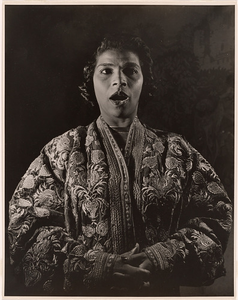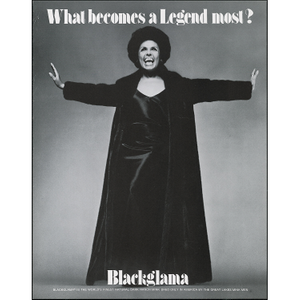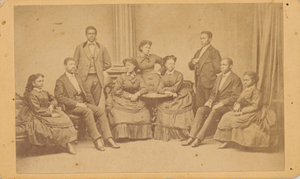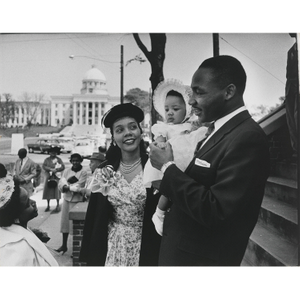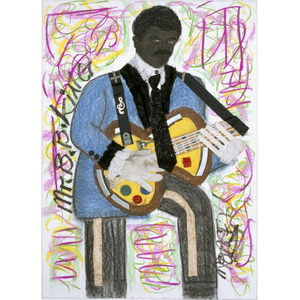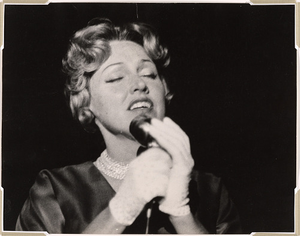Description
Born Philadelphia, PennsylvaniaArturo Toscanini said that Marian Anderson had a voice that came along “once in a hundred years.” When one of Anderson’s teachers first heard her sing, the magnitude of her talent moved him to tears. Because she was black, however, her initial prospects as a concert singer in this country were sharply limited, and her early professional triumphs mostly took place in Europe. The magnitude of her musical gifts ultimately won her recognition in the United States as well. Despite that acclaim the Daughters of the American Revolution banned her from performing at its Constitution Hall in 1939. First Lady Eleanor Roosevelt ultimately intervened and facilitated Anderson’s Easter Sunday outdoor concert at the Lincoln Memorial—an event witnessed by 75,000 and broadcast to a radio audience of millions. The affair generated great sympathy for Anderson and became a defining moment in America’s civil rights movement.Nacida en Filadelfia, PensilvaniaSegún el famoso director Arturo Toscanini, Marian Anderson tenía una voz que se daba “una vez cada cien años”. En efecto, cuando uno de sus maestros la oyó cantar por primera vez, su talento lo conmovió hasta las lágrimas. Sin embargo, por ser afroamericana, sus perspectivas como cantante de concierto en este país fueron en un principio sumamente limitadas y sus primeros triunfos profesionales tuvieron lugar sobre todo en Europa. La magnitud de sus dotes musicales finalmente le ganó la fama también en Estados Unidos. A pesar de ese reconocimiento, la organización Hijas de la Revolución Americana le impidió presentarse en el...
Image
Oil On Canvas
National Portrait Gallery, Smithsonian Institution; gift of the Harmon Foundation
Record Contributed By
National Portrait GalleryRecord Harvested From
Smithsonian InstitutionKeywords
- Anderson, Marian
- Architecture
- Bag
- Baggage & Luggage
- Coat
- Column
- Congressional Gold Medal
- Costume
- Dress Accessories
- Dress Accessory
- Education
- Educator
- Educators
- Entertainers
- Exterior
- Female
- Fur
- Glove
- Marian Anderson
- Music
- Musician
- Musicians
- Opera
- Outerwear
- Performer
- Performing Arts
- Portrait
- Portraits
- Presidential Medal Of Freedom
- Purse
- Reyneau, Betsy Graves
- Singer
- Teacher
- Women




